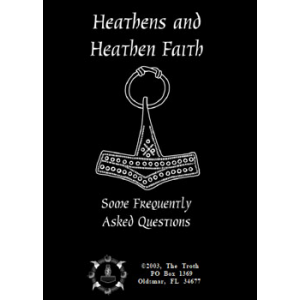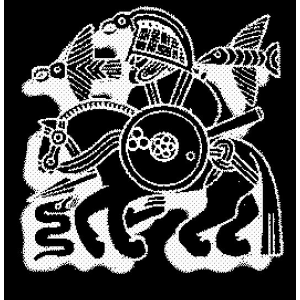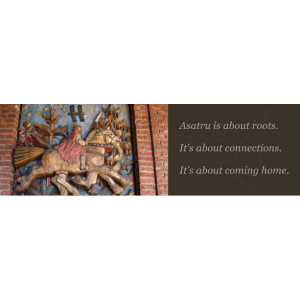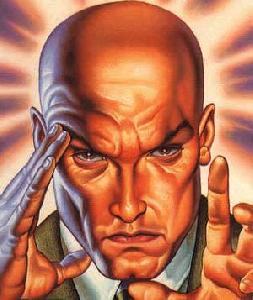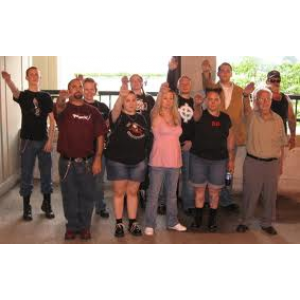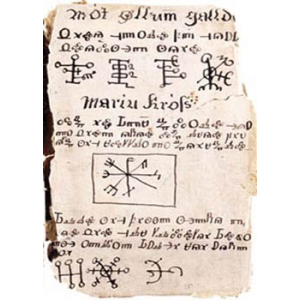
Book: Bandrunir In Icelandic Sagas by Mindy Macleod
The Sagas of Icelanders (Icelandic: Islendingasogur)—many of which are also known as family sagas—are prose histories mostly describing events that took place in Iceland in the 10th and early 11th centuries, during the so-called Saga Age. They are the best-known specimens of Icelandic literature. The Icelanders' sagas are a literary phenomenon of the thirteenth and fourteenth centuries. They are focused on history, especially genealogical and family history. They reflect the struggle and conflict that arose within the societies of the second and third generations of Icelandic settlers. The authors of these sagas are unknown. One, Egils saga, is believed by many modern scholars to have been written by Snorri Sturluson, a descendant of the saga's hero, but this remains uncertain. The standard modern edition of Icelandic Sagas is known as Islenzk Fornrit.Runic echoes permeate saga literature; the runes of divine origin, runar reginkunnar, of the Sparlosa and Noleby stones recur in Havamal, while the evocative Swedish Skarpaker runestone (Jor > skal rifna ok upphiminn) or the Danish Ribe stick (Jor > bi > ek uar>a ok upphiminn) are strongly reminiscent of Germanic poetry (cf. Jansson 1987: 140f.). References to elves and trolls, and even Invocations to pagan deities occur in medieval runic inscriptions, attesting to a continuing appreciation of Norse legends (Liestol 1964: 37; Hagland 1994: 132), while runic poetry in the metres of drottkvaett, hrynhenda, ljpahattr and galdralag testify to the continuance of the scaldic and eddic literary tradition. There are several runic inscriptions reminiscent of poems known from the Edda or other Norse Literature (Liestol 1964: 29ff.) and, more significantly, fragments of identifiable Norse poetry recur among the medieval runic inscriptions. 1 The runic corroboration of saga verse is an important historical record of the survival of this literary tradition. From Trondheim comes a rune-stick (A 142) 1 These include B 249, containing part of a lausavIsa in drottkvaett, GamanvIsur
Free eBooks (Can Be Downloaded):
Stephen Flowers - The Galdrabok An Icelandic GrimoireStephen Mitchell - Learning Magic In The Sagas
Mindy Macleod - Bandrunir In Icelandic Sagas
